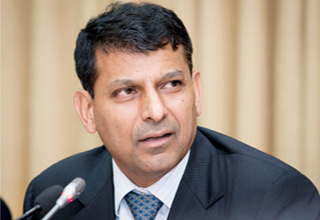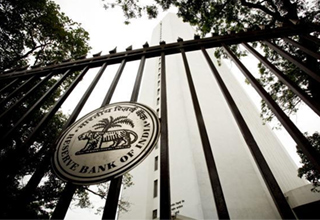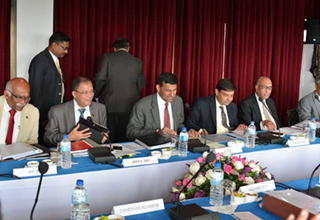SMEs hit by slowdown in capital goods; layoffs begin, says RBI
Updated: Nov 22, 2013 12:10:04pm

“Members were unanimous that growth impulses in the Indian economy were weakening, especially in the industrial and services sectors. In particular, the capital goods industry’s order book position has stalled with inventory levels having come down and along with production cuts, staff lay-off have also started,” said RBI in the minutes of the meeting of the Technical Advisory Committee on Monetary Policy held on October-23.
“Small and medium enterprises (SMEs) have been severely affected,” the Reserve Bank added.
The 17 member advisory committee also said that while activity in the second half of 2013-14 could be a little better than in the first half, Members believed that the overall momentum of growth would be low.
The Member also emphasised the need to ease access to working capital loans for SMEs so as to support exports, in particular, and growth, in general.
The committee was chaired by the RBI Governor Raghuram Rajan and among members were four Deputy Governors, other RBI officials including Deepak Mohanty, Michael Patra, B M Misra, B K Bhoi and Pardeep Maria and seven external members.
Some Members were of the view that the risk of slippage on the fiscal deficit remains, while others felt that the Government might contain the deficit to committed levels by cutting down expenditure, but this could have an adverse impact on growth.
If, on the other hand, the fiscal deficit overshot by a sizeable amount as the increase in diesel prices by Rs 5 as proposed by Parikh committee was lagging, it could reflect in an increased borrowing programme, hurting growth by impeding the flow of credit to productive sectors.
Further, only two of the 17 members of the advisory committee wanted no change in the repo rate in the RBI’s second quarter review of monetary policy 2013-14 on October 29.
However, “on monetary policy measures, all members unanimously wanted to restore symmetry in the policy corridor - with the MSF rate at 100 basis points above the policy repo rate,” RBI said.
The RBI also focused on “the need to ease access to working capital loans for SMEs so as to support exports, in particular, and growth, in general,” the official release of the meeting said.
The two members were of the view that since an increase in the repo rate would have a negative impact on growth, no effect on food or overall inflation and only a limited effect in terms of bringing down inflation expectations, it is better to keep the operating rate low to support growth. To make the corridor symmetric, this implied a reduction in the MSF rate by 50 basis points.
Expressing concerns on inflation as also on the external front, four members supported raising the repo rate by 25 basis points while bringing down the MSF rate by the same amount. One of these members also recommended an increase in access to the LAF window through overnight repos to 0.6-0.7 per cent of banks’ net demand and time liabilities (NDTL) to reduce the overall cost of borrowing for banks.
One member, deriving comfort from low WPI inflation excluding food and fuel, advised RBI to address growth risks and to cut the repo rate by 25 basis points, along with normalising the corridor width to 100 basis points. (KNN/SD)











